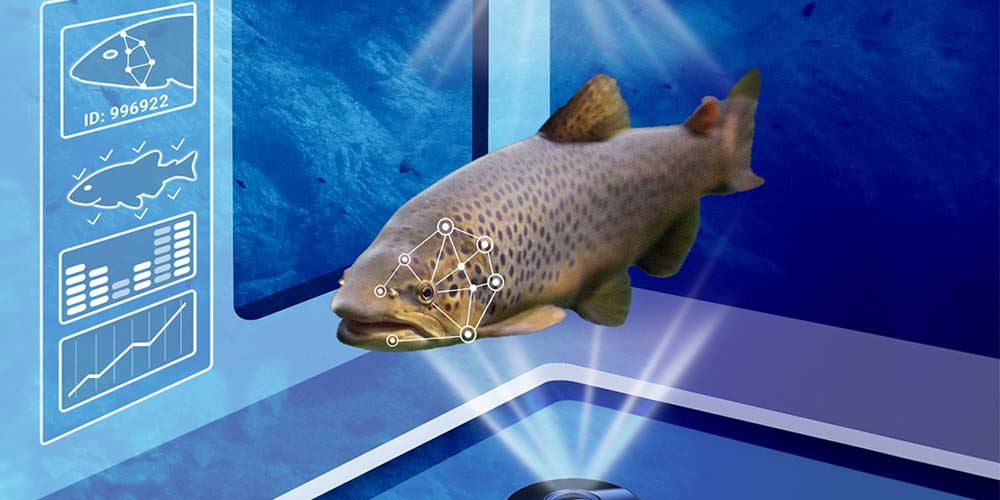HOME / Applications / AI in Aquaculture – Aqua-friendly Delousing System
AI in Aquaculture – Aqua-friendly Delousing System

Infestations with lice and subsequent lice management is one of the most challenging and costly aspects of marine aquaculture. Delousing involves the removal of parasitic lice from fish, which can cause significant health issues and economic losses in aquaculture. Effective delousing methods are crucial for maintaining fish health and ensuring sustainable aquaculture practices.
During the process of delousing, farmed fishes pass through a delousing pipeline that consists of measuring/ counting system, delouser, and is eventually ejected into a clean pool. The weighing/ measuring serves to evaluate the size and other physical attributes of fish and parasites. This can help in assess the overall health of the fish and the efficacy of delousing treatments.
The benefits of this automated aqua technology are to provide improved fish health by reducing lice infestations; aiding faster uniform fish growth for higher production efficiency. The process involves no chemicals and is therefore environmentally friendly. Additional pipelines can be added for faster processing rate at up to 200 tonnes per hour.
However, operating in marine environments is always challenging. It will be subject to high salinity, humidity, constant rocking from waves. On top of all that, the solution will need to include a GPU for image encoding purposes for fish size measuring, lice identifying and counting, fish counting and sorting
In addition to marine environments, the computer machine vision system must provide enough connections for cameras to be positioned along the pipeline in order to properly identify/ measure the fish as it passes through the pipeline.
Neousys embedded computer is equipped with a Cassette module that can accommodate a GPU card and another add-on card. The Cassette module offers an installation space that can shield off electrical and thermal interference. To complement the GPU computation power, the system supports an Intel® 14th/ 13th/ 12th Gen processor up to 24 cores and 32 threads to ensure video encoding is dealt with promptly.
For connectivity, Neousys embedded computer supports IEEE 802.3at PoE+ PSE standards with a 100W power budget to connected devices. In addition to the onboard ports, a PICe-PoE354at add-on card was also installed (in the Cassette module) to provide extra PoE ports while plenty of onboard USB ports (up to 8) can be found on the system to satisfy the solution’s connectivity needs for multiple cameras. The AI aquaculture delousing system allows farmers act in response to rid of lice, and improve fish welfare with little to no impact on the aqua-environment.
